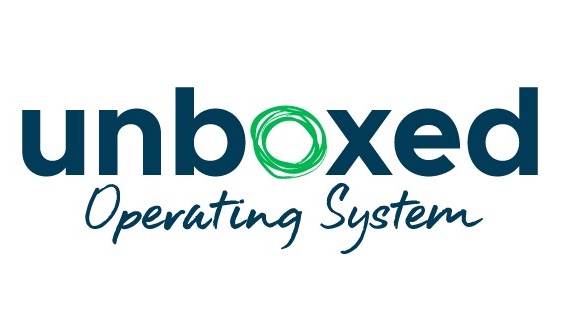In recent years, the world of app development has undergone a dramatic transformation. Gone are the days when building a smartphone app required extensive coding knowledge and programming expertise. With the advent of low-code/no-code platforms, creating functional and feature-rich smartphone apps has become accessible to individuals without a strong technical background. In this blog post, we will explore the concept of low-code/no-code development and guide you through the process of building your own smartphone app using these user-friendly platforms.
What are Low-Code/No-Code Platforms?
Low-code/no-code platforms are software development tools that allow users to create applications with minimal hand-coding. These platforms provide a visual interface, drag-and-drop components, and pre-built templates to streamline the development process. Low-code caters to users with some technical knowledge who can add custom code when necessary, while no-code platforms are tailored for those with little to no coding experience.
Advantages of Low-Code/No-Code App Development:
- Speed and Efficiency: With ready-to-use templates and pre-built components, you can significantly reduce development time, allowing you to bring your app to market faster.
- Cost-Effective: By eliminating the need for a large development team, you save money on hiring skilled developers, making app development more budget-friendly.
- User-Friendly Interface: The drag-and-drop interface makes it easy for anyone to design the app’s layout and functionality without writing complex code.
- Flexibility: While these platforms provide pre-built components, you can still customize the app to meet your specific needs and preferences.
- Iterative Development: You can quickly iterate and make changes to your app, test new features, and gather user feedback for continuous improvement.
Steps to Build a Smartphone App with Low-Code/No-Code Platforms:
Step 1: Define Your App Idea
Before diving into app development, have a clear understanding of your app’s purpose, target audience, and features. Identify the problem your app aims to solve and outline the core functionalities it will offer.
Step 2: Choose the Right Platform
There are several low-code/no-code platforms available, each with its strengths and target users. Some popular platforms include Appgyver, Bubble, Thunkable, and Mendix. Research these platforms to find the one that aligns with your app’s requirements and your technical expertise.
Step 3: Design the App Interface
Start by designing the app’s user interface using the platform’s drag-and-drop tools. Consider the app’s visual aesthetics, user flow, and navigation to create an intuitive experience for your users.
Step 4: Add Functionality with Pre-built Components
Low-code/no-code platforms offer a range of pre-built components like buttons, forms, databases, and integrations with third-party services. Use these components to add the desired functionality to your app without writing any code.
Step 5: Customize and Enhance
While the pre-built components provide a solid foundation, you might need some customizations to make your app stand out. Low-code platforms often support adding custom code snippets, giving you the flexibility to extend the app’s capabilities if needed.
Step 6: Test Your App
Before releasing your app to the public, conduct thorough testing across various devices and operating systems. Identify and fix any bugs or issues to ensure a smooth user experience.
Step 7: Publish Your App
Once you are satisfied with your app and confident in its performance, it’s time to publish it to the app stores. Many low-code/no-code platforms offer seamless integration with app stores, making the publishing process hassle-free.
Conclusion:
Low-code/no-code platforms have democratized app development, allowing individuals and businesses to turn their ideas into functional smartphone apps without extensive coding knowledge. The speed, cost-effectiveness, and user-friendly nature of these platforms make them an excellent choice for aspiring app creators. Embrace this innovative approach to app development and embark on your journey to build the next big thing in the mobile app world.

